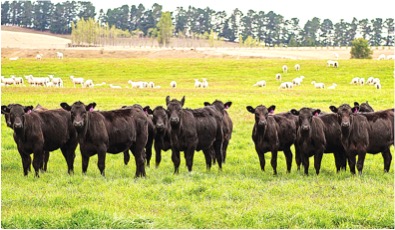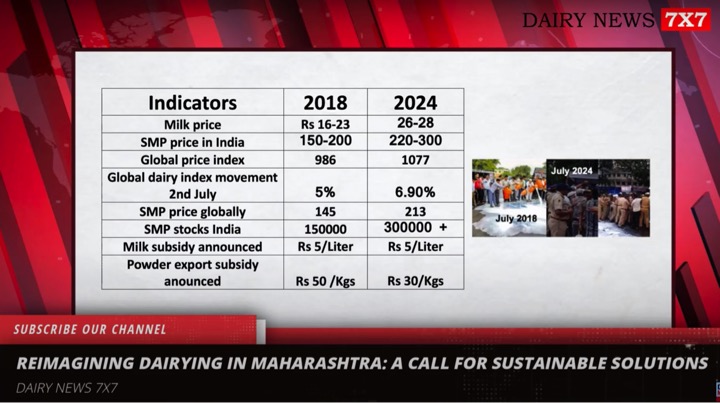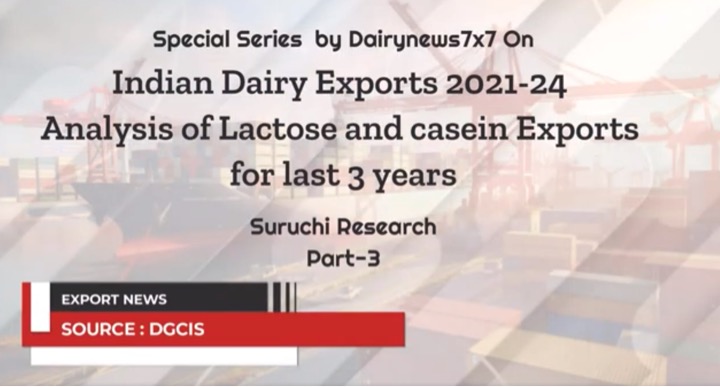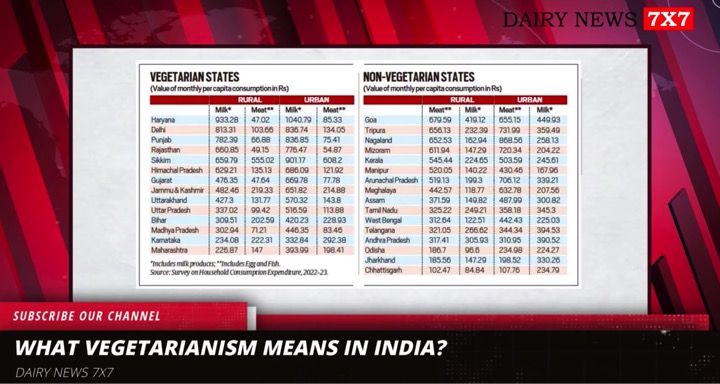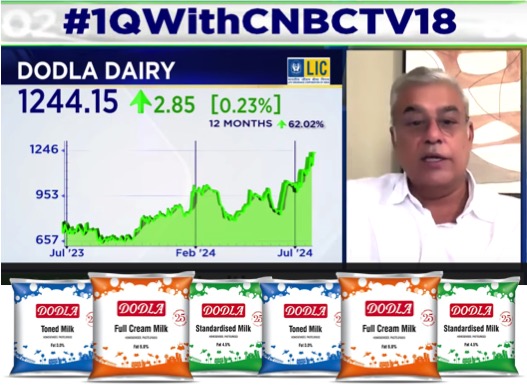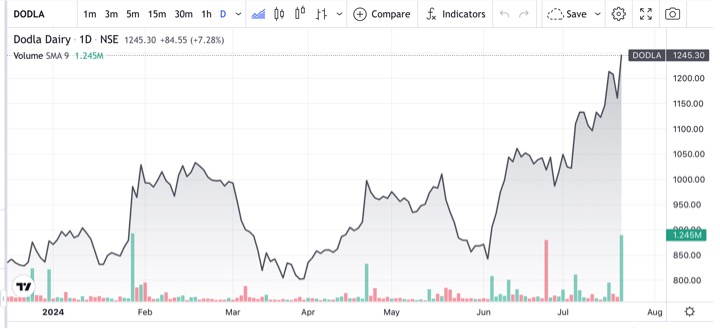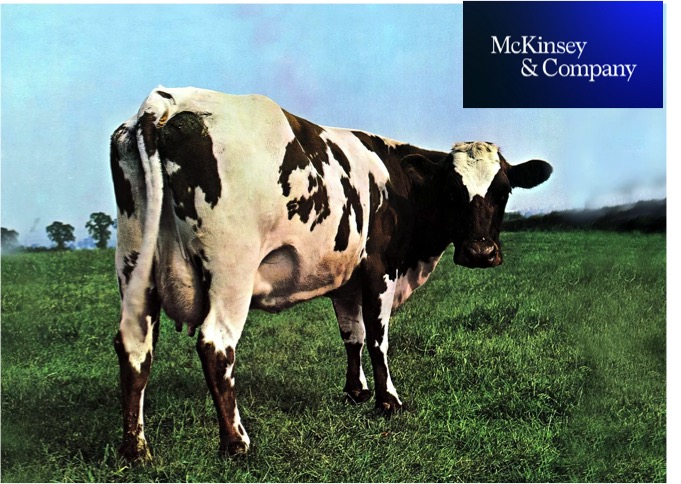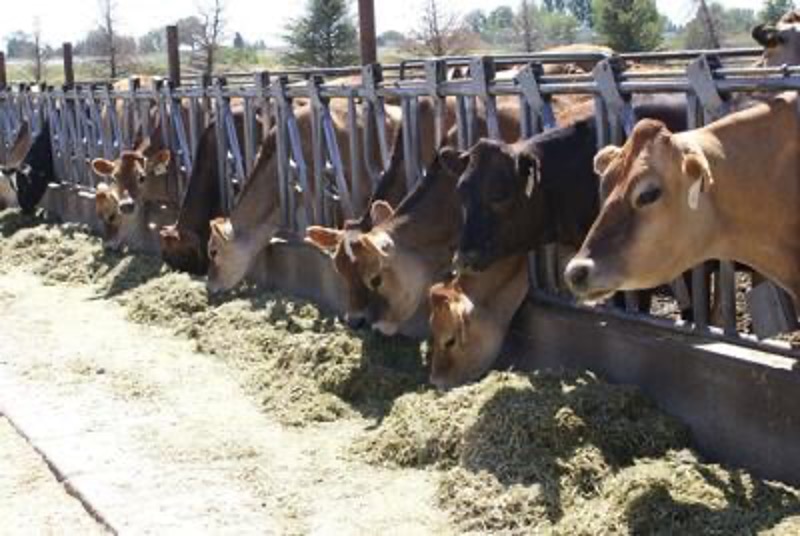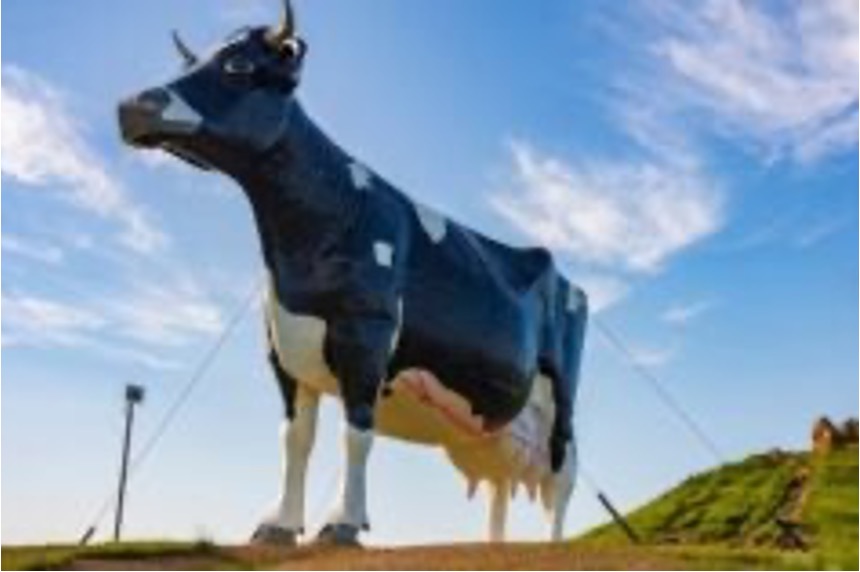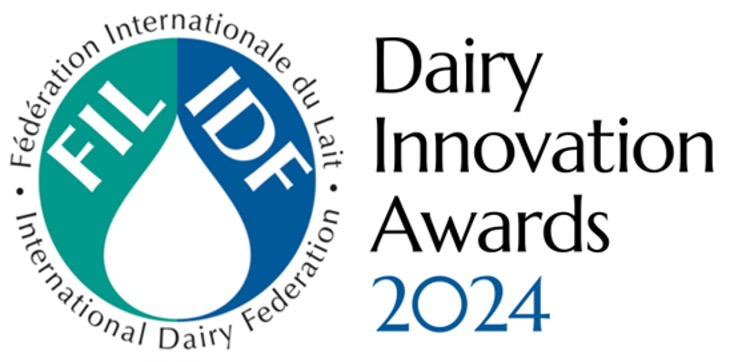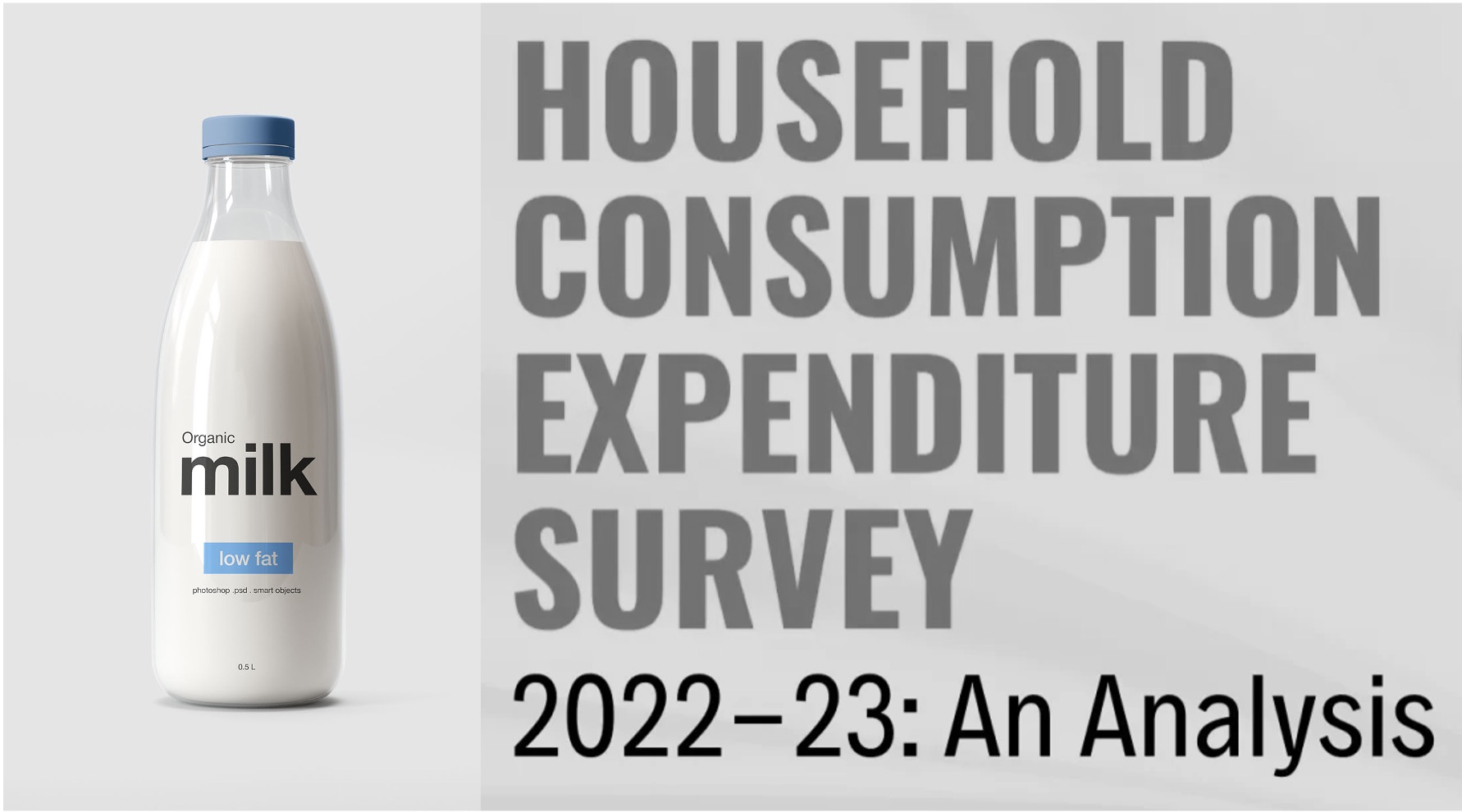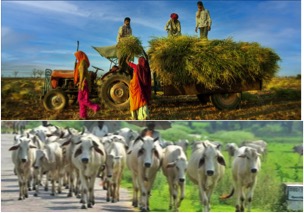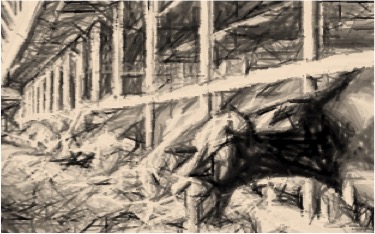Commodity markets have softened through March 2024 against a backdrop of slightly weaker global fundamentals. The dairy complex had staged a recent rally since the bottom of the market in Q3 2023. Nonetheless, all dairy products except butter were softer in March 2024 and remain at or below five-year averages.
Rabobank expects dairy commodity prices to remain range-bound at or near current levels in the near term.
Sluggish demand remains a key driver for dairy commodity prices. Better times lie ahead for dairy demand in many economies. However, the speed of recovery will be critical to how new season’s milk prices will shape up. Dairy demand is generally still sluggish and if this remains the case for longer than expected, global markets will be susceptible to softness in commodity prices – despite a weak global supply backdrop.
Local milk production in Oceania remains in positive territory. New Zealand milk production was 2.8% higher in February (leap year adjusted) on a milksolids basis. While Australian milk production grew by 5% in February (leap year adjusted), bringing season-to-date milk production to 5.95bn litres. This represents a lift of 2.5% on the same period last year (or 180m litres).
Global milk supply remains constrained outside of Oceania. US milk production was 1.3% lower in February (leap year adjusted) marking the eighth consecutive weaker year-on-year decline. EU milk production was down slightly in volume for January 2024 compared to the prior period. All eyes on the Northern Hemisphere seasonal peak in the months ahead.
Softer local feed markets is welcomed news for Kiwi dairy farmers. Ample local supply here, as well as in Australia, are helping to keep feed prices lower compared to last year.
Farm Inputs
In the last weeks of March global trade discussions revolved around expectations regarding Chinese exports of nitrogen and phosphorus fertilisers. While the export of nitrogen remains uncertain, there is clarity regarding phosphorus fertiliser exports. The overall outlook appears favourable for end users.
Additionally, India’s urea tender has established a bearish foundation for the coming months.
The Chinese export quotas of phosphorus fertilisers have now been set at a maximum of 7m tonnes, 5m for DAP, and 2m for MAP. The decision mirrors the 2023 figures and signifies a 27% recovery versus 2022 export volumes, which were the lowest exports in the past five years. Since early November 2023, exports have been suspended to exert downward pressure on local fertiliser prices. As a result, DAP sourced from Morocco has been steady, hovering around USD 600/tonne FOB level. The outlook for the next five months suggests a potential drop of up to 15%.
Unfortunately, this timing may be too late for winter crops and pasture. However, there remains hope that the adjustment will align with spring and summer demand.
Currently Chinese nitrogen fertiliser manufacturing is operating at a significantly higher pace compared to the same period last year, approaching 200,000 tonnes per day.
However, there is a critical factor at play: the lack of clarity regarding government-defined quotas. Some official guidance is expected by mid-May.
Without this clarity, the only foreseeable outcome is the accumulation of surplus stocks, exerting a bearish pressure on the market, potentially impacting the next two to four months.
In late March India’s urea tender revealed a market with ample stocks and an anticipation of lower prices. By early March, the initial expectation hovered around $AU560/tonne, including cost and freight. However, the lowest offer was AU$515, which is 8% lower than expected.


